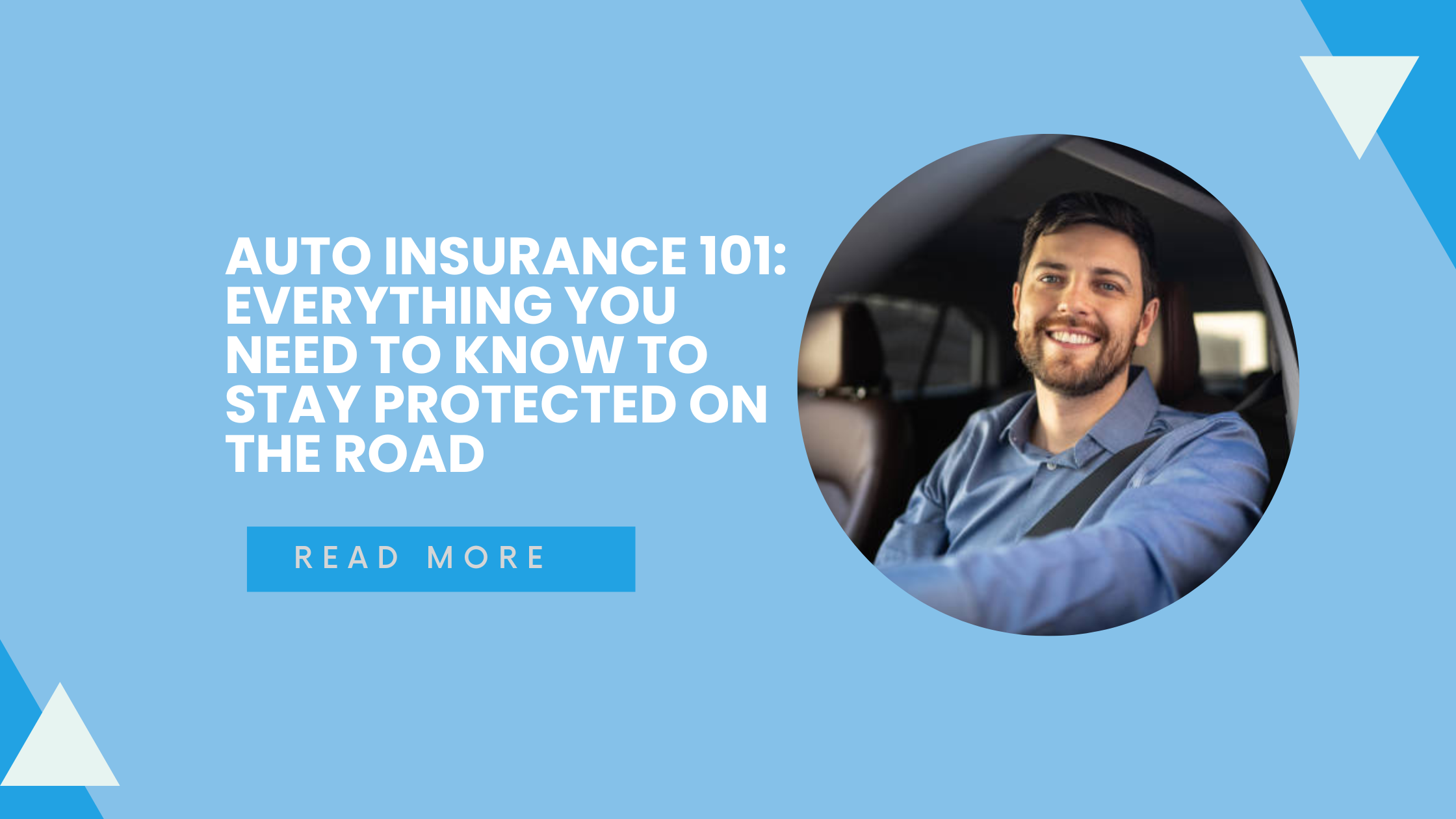Auto insurance is more than just a legal requirement—it’s a crucial financial safeguard that protects you, your passengers, and your vehicle in the event of an accident or unexpected incident. Whether you’re a new driver or have years of experience, understanding auto insurance can help you make informed decisions and get the best coverage for your needs.
Why Auto Insurance is Essential
Accidents can happen at any time, even to the safest drivers. Having the right auto insurance policy ensures that you’re financially protected from repair costs, medical bills, and potential legal expenses. Here’s why auto insurance is so important:
-
Legal Requirement: Most states require drivers to carry at least a minimum level of liability insurance. Driving uninsured can result in hefty fines, license suspension, and legal consequences.
-
Financial Protection: Without insurance, you may have to pay out of pocket for vehicle repairs, medical expenses, and damages to others involved in an accident.
-
Peace of Mind: Knowing you’re covered allows you to drive confidently, without worrying about the financial burden of unexpected incidents.
-
Coverage for Other Risks: Beyond accidents, insurance can cover theft, vandalism, natural disasters, and more.
Types of Auto Insurance Coverage
Understanding the different types of auto insurance coverage can help you choose the right policy for your needs. Here are the most common options:
1. Liability Insurance
-
Covers damages and injuries you cause to others in an accident.
-
Required by law in most states.
-
Does not cover your own vehicle or medical expenses.
2. Collision Coverage
-
Pays for repairs to your vehicle after a collision, regardless of fault.
-
Helps cover repair or replacement costs if your car is totaled.
3. Comprehensive Coverage
-
Covers damages to your car from non-collision events like theft, vandalism, fire, or natural disasters.
-
Ideal for protecting your vehicle from unexpected hazards.
4. Uninsured/Underinsured Motorist Coverage
-
Protects you if you’re hit by a driver who has no insurance or not enough coverage.
-
Helps cover medical expenses, lost wages, and vehicle repairs.
5. Personal Injury Protection (PIP) & Medical Payments Coverage
-
Covers medical expenses for you and your passengers after an accident.
-
Some policies also cover lost wages and rehabilitation costs.
How to Choose the Right Auto Insurance Policy
Selecting the right policy depends on your driving habits, financial situation, and personal preferences. Here are some factors to consider:
-
State Requirements: Make sure your policy meets your state’s minimum insurance requirements.
-
Your Vehicle’s Value: If you have a newer or high-value car, consider comprehensive and collision coverage.
-
Your Driving Habits: If you drive frequently or in high-traffic areas, you may need higher coverage limits.
-
Budget & Deductibles: Balance your premium costs with a deductible amount you can afford in case of a claim.
-
Discounts & Bundles: Many insurance companies offer discounts for safe drivers, bundling policies, or using anti-theft devices.
Common Auto Insurance Myths Debunked
There are many misconceptions about auto insurance that can lead to confusion. Let’s clear up a few:
🚫 Myth: “Red cars cost more to insure.”
✅ Truth: Insurance rates are based on the make, model, age, and safety features of your car, not its color.
🚫 Myth: “Full coverage means everything is covered.”
✅ Truth: “Full coverage” typically includes liability, collision, and comprehensive insurance, but it doesn’t cover every possible scenario.
🚫 Myth: “Your insurance follows you, not the car.”
✅ Truth: In most cases, your auto insurance follows the vehicle, not just the driver. However, some policies may cover you when driving a rental or borrowed car.
Tips for Lowering Your Auto Insurance Premiums
Want to save money on auto insurance? Here are some ways to reduce your premiums:
-
Maintain a clean driving record to qualify for safe driver discounts.
-
Bundle your auto insurance with other policies like home or renters insurance.
-
Increase your deductible (but ensure you can afford it if you need to file a claim).
-
Ask about discounts for low-mileage drivers, students, or military personnel.
-
Drive a car with safety features like anti-lock brakes, airbags, and anti-theft devices.
Final Thoughts
Auto insurance is a necessary investment that protects you from financial hardship in case of an accident or unexpected event. Understanding your coverage options and choosing the right policy can save you money and provide the protection you need.
Need help finding the perfect auto insurance policy? Contact ASR Insurance Legacy today for expert guidance and a free quote!

